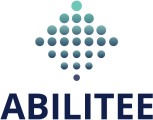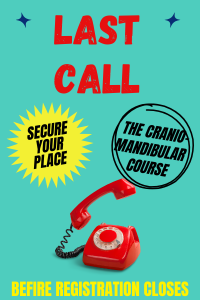Lately, I’ve seen quite a few young women volleyball players, presenting with various complaints usually diagnosed as: Rotator Cuff Tendinitis, Patellar Tendinitis, Anterior Cruciate Ligament (ACL) Injury, low back pain, etc. Sharing some interesting facts that I have recently found while looking into these cases:
In the UK, each year, more than 460,000 high school students—including more than 410,000 girls participate in interscholastic volleyball. As participation has increased over the past two decades, the number of volleyball-related injuries has risen as well. While volleyball injuries rank lowest for all major sports, volleyball players are at risk for both traumatic and overuse injuries.
Ankle injuries are the most common with volleyball players and account for the most loss of playing time.
The other day, a young athlete entered my clinic limping on her right foot. She landed and twisted her ankle and not for the first time. She came to me a week after her injury with a less swollen ankle and foot, but still hurtful. You’re probably thinking, oh well, same old story…
What was fairly new to me was the use of dry needling for the Peroneus Longus (PL) and Tibialis Anterior (TA) not only to reduce the pain and to enable the muscles to contract efficiently but also to influence the Neuromuscular control and Cop Displacement.
López-González et al, 2022, published an interesting article about the “Effects of Dry Needling on Neuromuscular Control of Ankle Stabilizer Muscles and CoP in Basketball Players with Chronic Ankle Instability”.
Here are some of the main points:
- There was a significant increase in muscle pre-activation noted for PL and TA in favour of the DR group during a landing task.
- Statistically significant improvements in static postural control measures (seen as both decreased sway variability and CoP displacement) were achieved in those who received dry needling unlike in those who did not.
Admittedly, this study could have been planned better (control group of asymptomatic, etc.). Still, I can’t ignore the initial results showing potential value in DN in terms of improving feedback and feed-forward strategies, which could be considered within a comprehensive rehabilitation programme for people with chronic ankle injury, inclusive of proprioception and strengthening exercises.
In my experience, DR is a must have versatile tool in treatment of injured athletes.
Join us to learn more about this and augment your clinical toolbox with dry needling techniques.


